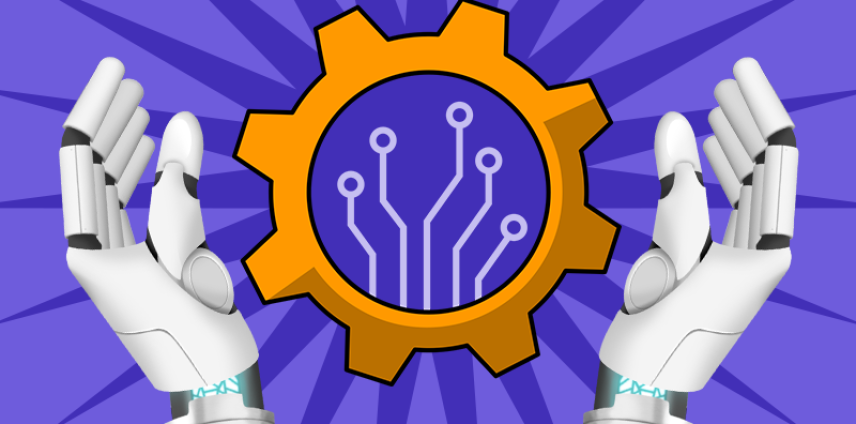Gamification strategies for enhancing workplace motivation and performance
Written by Launa Irvine | 10th July 2025

Table of Contents
Gamification – the application of game-like elements to non-gaming environments – has proven to be a powerful tool in boosting workplace motivation and performance. Companies that implement gamification strategies report increased employee engagement, higher productivity, and better retention rates. One particularly effective approach involves using animated videos to reinforce learning, communication, and employee engagement. Below, we explore key gamification strategies, including the role of animated videos, along with real-life examples demonstrating their impact.
1. Leaderboards and Progress Tracking
One of the most widely used gamification strategies is leaderboards and progress tracking. Employees are motivated when they see their progress compared to their peers, encouraging friendly competition and a sense of achievement.
Microsoft, for example, created a gamified experience for its employees by introducing a language translation quality game. Employees earned points for reviewing translations, fostering engagement and competition. Animated explainer videos were used to introduce the rules and keep employees engaged in the process.
By using this “Language Quality” game, employees not only reviewed their screens for language accuracy to enhance translation quality across products but, as expected, the use of leader boards and progress tracking fostered a sense of competition and achievement among employees.

2. Interactive Training Modules with Animated Videos
Employee training can sometimes be monotonous, but using interactive animated videos can make it more engaging. These videos create immersive experiences, offering employees a visual representation of real-world scenarios. Companies can also incorporate quizzes and rewards to ensure active participation.
For example, Deloitte implemented a gamified leadership training program that used animated storytelling to guide employees through real-world business challenges. Employees earned badges and certificates upon completing different modules, making the learning process even more fun and rewarding.
By using interactive animated videos in training modules the learning becomes more engaging and, consequently, more effective. For Deloitte, this approach led to a 50% reduction in the average time to complete the curriculum and a 46.6% increase in daily user return rates.
3. Role-Playing Scenarios with Animated Simulations
Animated role-playing simulations can immerse employees in workplace scenarios where they must make decisions and solve problems. This enhances problem-solving skills and critical thinking while keeping the training engaging.
For example, KFC Japan introduced a gamified campaign called “Shrimp Attack,” an interactive video game that educated employees about new menu items. This virtual reality-based training program that simulated real-life kitchen operations led to increased product knowledge and enthusiasm among staff. Animated videos guided employees through the cooking process, allowing them to learn in a gamified and engaging way before stepping into the real kitchen.
This is a great example of how animated role-playing simulations immerse employees in realistic scenarios, enhancing problem-solving skills.

4. Reward-Based Recognition Systems
Acknowledging employee efforts through reward-based systems enhances motivation. Again digital badges, points, or incentives tied to performance encourage employees to stay engaged and perform better.
For example, SAP used gamification to train its sales team by creating a competitive environment where employees could earn points and badges based on their performance. Animated videos showcased success stories, making the competition more inspiring and interactive.
SAP’s strategy resulted in a 400% increase in usage and a 96% rise in community feedback. This shows how implementing reward-based systems acknowledges employee efforts, and therefore boosts motivation and performance.

5. Storytelling Through Animated Employee Challenges
Organizations can also create animated storytelling challenges where employees participate in decision-making scenarios. This not only makes learning fun but helps employees relate to the company’s values and mission.
For example, IBM’s Innov8 is a gamified business simulation that uses storytelling to teach employees about business processes. The interactive animated environment helps employees understand complex operations in an engaging manner.
Creating animated storytelling challenges allows employees to engage in decision-making scenarios, aligning them with company values. Consequently, by using animated storytelling to teach employees about complex operations, one effectively makes use of an interactive approach that enhances understanding and engagement.
Gamification is revolutionizing workplace motivation and performance. By incorporating animated videos, organizations can create immersive, engaging, and effective training and reward systems. As businesses continue to innovate, gamification will remain a critical tool in driving workplace success.


